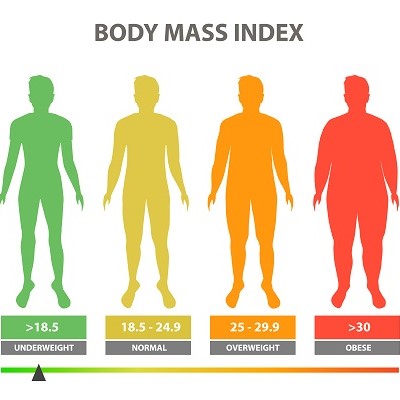 You knew it would come at some point or another, the great lecture on exercise. First, do not think of this as a lecture. This book is a tool you can use to help improve your health and wellness. It is not something that you should dread. Everyone needs to exercise.
You knew it would come at some point or another, the great lecture on exercise. First, do not think of this as a lecture. This book is a tool you can use to help improve your health and wellness. It is not something that you should dread. Everyone needs to exercise.
We will not tell you how well you are exercising or what type of exercising is best for you. You are better off asking your doctor that question.
We can however, let you in on a little secret – a little exercise will boost your immune system. That’s true whether you exercise one hour a day or 10 minutes 7 days each week.
Even if you are skinny, you may need to get more exercise. Many people assume that because they are skinny they should not have to exercise much to stay in shape. Quite the opposite is true, however.
There are many “skinny” people walking around that are “fat” on the inside, and the inside is what counts. You can have a high body fat percentage and still “look” skinny. Why is this? Muscle weighs more than fat.
Someone that is 120 pounds and 14% lean looks very different from someone that is 120 pounds and has 30% body fat. The person with 30 percent body fat may be just under five feet tall, but based on the body fat calculation they are obese.
If you want a true measure of how healthy you are (which predicts your odds of staying in great shape and fighting disease) you should ask your doctor to offer you a body fat measurement and a BMI calculation.
Once you find out what these numbers are, you can start a reasonable exercise program; say 20 minutes of exercise 3 days each week. Eventually you will find exercise enjoyable and can work your way up the ladder, working out 30 minutes instead of 20 minutes. The cycle continues.
BMI stands for body mass index. It is a tool many doctors and therapists use to assess how fit or unfit a person’s body is. There are many free calculators you can use on the web to calculate your body mass index, including ones from the Centers for Disease Control, American Heart Association, and National Institutes of Health.
The National Institute of Health provides a written explanation of how to calculate your body mass index manually. While most people prefer the ol’ calculator, may doctors or healthcare providers will calculate BMI manually or by using a special “map” of the human body that outlines or separates healthy weights from unhealthy weights.
If you want to find out what your BMI is manually just follow the formula below:
- First, weigh yourself, write that number down.
- Next, multiply your weight in pounds by the number 703.
- Now, divide the answer you get by your height (calculated in inches).
- Finally, divide the answer from step 3 by your height again (in inches).
This is a long but not difficult process. If you want quick information you may find the BMI online calculators much faster.
You can measure your body fat with calipers, which most doctors and physical trainers have. There are other ways of calculating body fat, but most are long and cumbersome. Most doctors or physical therapists offer body fat testing if you ask them.
If they do not, find someone that does or ask your doctor for a referral. You can buy your own caliper online, but if you do keep in mind you may have trouble distinguishing fat from muscle mass or skin.
That means you are more likely to get an inaccurate reading if you measure your body fat alone, unless you are already a health professional well-versed in body fat calculations. The BMI with the body fat analysis is the best predictor of health for most people.
The BMI is often not the best choice for athletes because they may weigh a lot and still look skinny, resulting from the higher than average muscle mass in their bodies.






